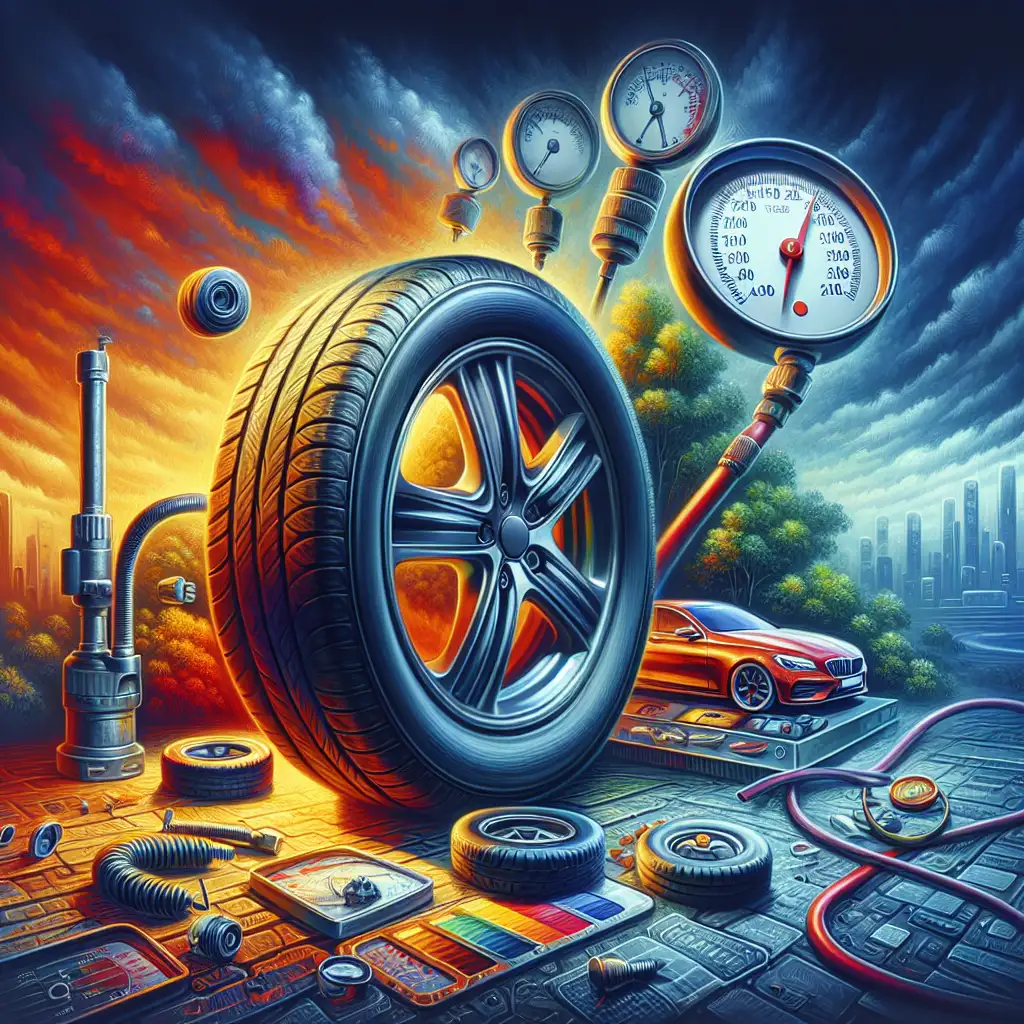The Role of Tire Pressure in Vehicle Performance
Understanding How Proper Tire Inflation Affects Fuel Efficiency and Safety

When it comes to maintaining your vehicle, tire pressure might not be the first thing that comes to mind. However, it plays a crucial role in both fuel efficiency and safety. Whether you're a seasoned driver or new to car ownership, understanding the importance of proper tire inflation can help you save money and keep you safe on the road.
What is Tire Pressure?
Tire pressure refers to the amount of air inside your car's tires, measured in pounds per square inch (PSI) or kilopascals (kPa). The correct tire pressure for your vehicle is usually found in the owner's manual or on a sticker inside the driver's door. Maintaining the recommended tire pressure is essential for optimal vehicle performance.
Why is Tire Pressure Important?
Proper tire pressure is vital for several reasons:
- Fuel Efficiency: Under-inflated tires create more rolling resistance, which means your engine has to work harder to move the car. This can lead to increased fuel consumption. According to the U.S. Department of Energy, keeping your tires properly inflated can improve gas mileage by up to 3%.
- Safety: Tires that are not inflated to the correct pressure can affect your car's handling and braking ability. Under-inflated tires can overheat and potentially lead to a blowout, while over-inflated tires can reduce traction and increase the risk of a skid.
- Tire Longevity: Properly inflated tires wear more evenly, which can extend their lifespan. This means you won't have to replace them as often, saving you money in the long run.
How to Check and Maintain Tire Pressure
Checking your tire pressure is a simple process that can be done at home or at a gas station. Here's how:
- Purchase a reliable tire pressure gauge. Digital gauges are easy to read and often more accurate than analog ones.
- Find the recommended tire pressure for your vehicle. This information is usually located on a sticker inside the driver's door or in the owner's manual.
- Remove the valve cap from one of your tires and press the gauge onto the valve stem. The gauge will display the current pressure.
- If the pressure is too low, add air until you reach the recommended level. If it's too high, release some air by pressing the valve stem.
- Repeat the process for all four tires, including the spare if your vehicle has one.
Common Questions About Tire Pressure
Q: How often should I check my tire pressure?
A: It's a good idea to check your tire pressure at least once a month and before long trips. Temperature changes can affect tire pressure, so check more frequently during extreme weather conditions.
Q: What happens if I drive with incorrect tire pressure?
A: Driving with incorrect tire pressure can lead to decreased fuel efficiency, poor handling, and increased risk of tire damage or blowouts.
Conclusion
Maintaining the correct tire pressure is a simple yet effective way to enhance your vehicle's performance, improve fuel efficiency, and ensure your safety on the road. By regularly checking and adjusting your tire pressure, you can enjoy a smoother ride and potentially save money on fuel and tire replacements. Think about what features matter most to you. Do you need extra cargo space? Or perhaps a vehicle with better fuel efficiency? Whatever your needs, keeping your tires properly inflated is a step in the right direction.
 CarChooser
CarChooser